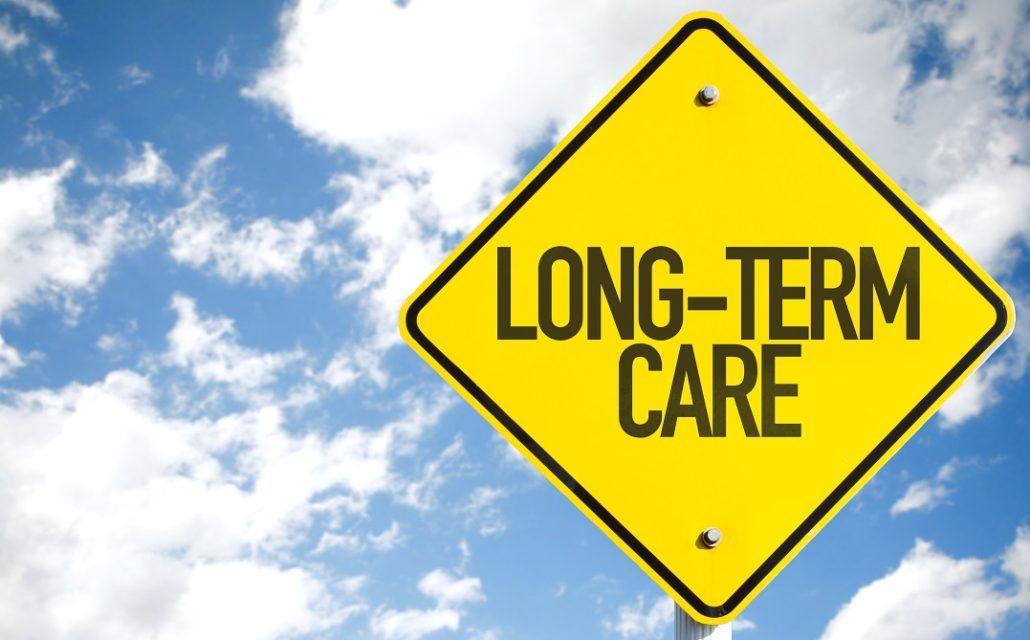Most Democrats understand that Obamacare has problems and are now advocating for simply “fixing” or “tweaking” the ACA. Some Republicans, as well as many Americans, are starting to embrace this idea, especially if the Senate is unable to pass repeal legislation. (here)
The U.S. House passed an Obamacare reform bill in May with no Democrat votes. Many Republicans in the U.S. Senate ran for office on repealing the Affordable Care Act (ACA), yet are now politically unable or unwilling to vote for repeal. Because of interest and momentum, a vote on ACA repeal will probably need to occur before the Senate’s long August recess.
If the Senate is unable to pass reform legislation, what would the Obamacare “fix” actually look like? Bottom line, it means more taxpayer money and more government control of our health care system.
Although Obamacare is a complex, 2,700 page law, the authors’ goals are easy to understand. The ACA essentially has two parts – the expansion of the Medicaid health insurance entitlement and the establishment of the exchanges to assist individuals and small groups in purchasing health insurance with taxpayer support. (here)
Because of perverse incentives, Medicaid, which began in 1965 as a safety net for children of low-income families and the disabled, is now one of every state’s largest budget items. It has also grown into one of the federal government’s largest non-discretionary budget items. Medicaid spending was $500 million its first year, growing to $545 billion last year, and is projected to grow by six percent per year over the next ten years. (here)
Obamacare extended Medicaid in 2014 to any individual age 18 to 64 who earns less than 138 percent of the federal poverty level. Federal taxpayers initially paid 100 percent of the expansion cost, however, state taxpayers in the states that chose to expand Medicaid will need to pick up 10 percent of the costs starting in 2020. As spending in Medicaid increases, the “fix” will be more taxpayer money or a significant addition to the national debt.
The exchanges are in a financial death spiral. (here) Not enough young and healthy people are signing up to cover the costs of the older, sicker individuals who are enrolling. As premiums are forced to go up to cover these costs, purchasing health insurance becomes less attractive to the young. Like with Medicaid, the “fix” will be more taxpayer money to offset the increase premiums and to “stabilize” the markets.
This financial support may take the form of more generous subsidies or just as likely, a “public option” in the exchanges that would compete with private insurance companies. Of course, it is impossible to compete with the government. Private insurance would be crowded out and the individual and small group health insurance markets would ultimately be totally controlled by the government.
Unfortunately, Obamacare “fix” proposals do not include meaningful health insurance reform, more choices at less cost, and fewer government regulations. The “fix” or “tweak” is simply more money and more government control, potentially ending in a single-payer, government-run health care system.





